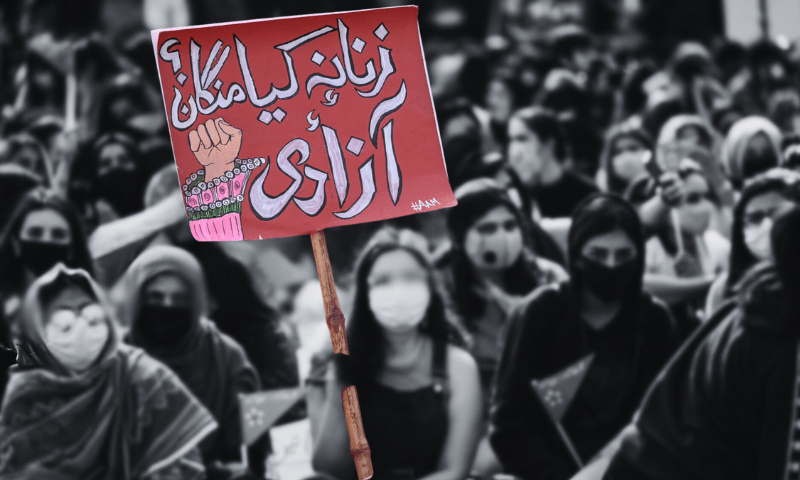Sikh researcher Dr Tarunjit Butalia to write tour guidebook for Lahore Fort
To provide a comprehensive understanding of Lahore Fort and its historical significance during the Sikh era, the Walled City of Lahore Authority (WCLA) has engaged Dr Tarunjit Singh Butalia, a US-based researcher, to write a tour guidebook.
Dr Butalia, who wrote Lahore Fort during the Sikh Empire, elaborated a unique blend of architectural brilliance and profound historical significance during the Sikh era to the audience from different walks of life, including the media, through a walking tour of the Lahore Fort the other day.
The booklet is a collaboration between the WCLA and Dr Butalia.
“A self-guided tour using this publication can be completed in three hours, excluding visits to monument interiors. However, five to six hours is recommended to explore the monument interiors,” Dr Butalia said in a talk with Dawn.
“The part of Punjab in Pakistan has the rich heritage of the early Sikh Gurus and the Sikh Empire. For me, it is even more special as my ancestors were from Gujranwala and worked with the grandfather of Maharaja Ranjit Singh. During the time of the Maharaja, they held high positions at the Lahore Fort. My interest in Sikh historical sites has been a lifelong passion,” Dr Butalia says.
The Lahore Fort, constructed upon a mud fort by Mughal emperors Akbar, Jahangir, Shah Jahan, and Aurangzeb, was conquered by Ranjit Singh, the founder of the Sikh Empire, in 1799 and remained under the Sikh control until 1849 when the British Empire transformed it into an army garrison. Maharaja Ranjit Singh, Maharaja Kharak Singh, Kanwar Naunihal Singh, and Maharaja Sher Singh preserved many of the fort’s structures and constructed several new ones, including the Hazuri Bagh and Baradari.
Maharaja Ranjit Singh also constructed the Gurdwara Dera Sahib, adjacent to the fort, commemorating Siri Guru Arjan Sahib, the fifth Sikh guru. His successors erected his Samadh, adjacent to the Gurdwara.
“During my first visit in 2019, I could almost sense the footsteps of Sher-e-Punjab Maharaja Ranjit Singh and Ganda Singh Butalia; however, the experience was tinged with sadness as I was surprised to discover that many of the narratives imparted by tour guides were predominantly negative when discussing the Sikh era.
“A few years ago, I discovered a passage in J. Ph. Vogel’s 1920 book, Tile-Mosaics of the Lahore Fort. It stated, ‘I may note here that we possess an excellent map of the Lahore Fort dating from the Sikh period. The original, which belonged to the late Faqir Qamruddin, son of Faqir Nuruddin just mentioned, has been copied and reproduced several times’.
“This single sentence ignited my passion for history and inspired me to undertake this publication. It was as if I had been transported back in time. Upon further investigation, I was unable to locate the original Kamruddin map. For an extended period, I entertained the notion that it was merely a myth. However, my skepticism was soon dispelled. I acquired a copy of the 1.5m x 1m original map (Kamruddin Sikh Era Map, undated) from Fakir Syed Aijazuddin, a distinguished scholar. This map, widely regarded as one of the most comprehensive and accurate representations of the Lahore Fort during the Sikh era, bears Persian inscriptions for various buildings indicating their utilisation during the Sikh period,” says Dr Butalia.
Subsequently, Dr Butalia indexed the entire Umdatut Tawarikh (Suri, 2002), the official court diary of Lahore Darbar during the Sikh era, and other contemporary Persian sources. Through these records, he uncovered a fascinating revelation that during the Sikh era, the fort was commonly referred to as Shahi Qila, with occasional instances of being designated as Qila Mubarak.
“Driven by this inspiration, I embarked on a global quest, delving into libraries, archives, and museums and secured over 20 crafted maps and sketches of the Lahore Fort and its surrounding walled city, dating back to 1825”. He says some 100 monuments, each identified by its Sikh-era name and detailing its historical significance are categorised in the booklet.
Dr Butalia walked the participants through some 30 Sikh era spots, including the birth pavilion of Maharaja Duleep Singh, flower painted by hand by Maharaja Duleep Singh in Sheesh Mahal, special flooring installed by Maharaja Ranjit Singh in Sheesh Mahal, motia (Jasmine) shrub planted by Maharaja Ranjit Singh in Sheesh Mahal, treasure pit from Sikh era in Moti Masjid complex, Toshakhana of Misr Beli Ram, Samadh of Maharani Jindan, Haveli of Maharani Chand Kaur, offices of senior Sikh court officials, pavilion where August Schoefft painted Maharaja Sher Singh, corridor of old Sikh armory, hall of perfumes of Maharaja Ranjit Singh, Hamam built by Maharaja Sher Singh inside Sheesh Mahal and surviving Sikh-era frescos in Shah Jahan Quadrangle and Takh Gah.
The WCLA will train over 20 of its tour guides to use this booklet and enhance their generic walking tours of Lahore Fort.
During the walking tour Taimur Afghani sang Sufiana kalam.
Originally published in Dawn, February 25th, 2025














Comments